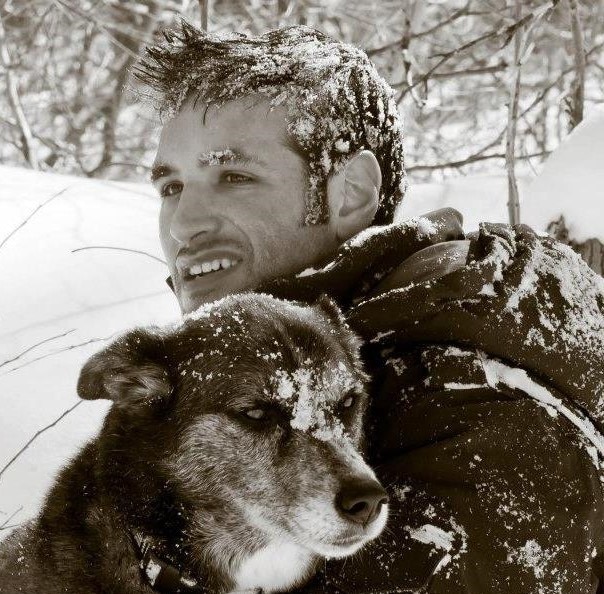What you need to know before running downhill

Downhill running mechanics 101. To understand how running downhill fits into your training, you need to learn how the movement impacts your body.
First, imagine running on a flat surface — you're relaxed, feeling strong, and looking ahead. Perhaps you've even perfected that tricky little forward lean, letting your chin lead your chest. Each step is essentially a controlled fall forward, allowing gravity and momentum to guide you.
Now, shift that imaginary ground so that it forms a decline. The subtle advantage of your forward lean on flat ground is gone because gravity is pulling you down. Your body will instinctively adjust its stride and form so that you can stay safe and maintain control.
But it's those very efforts to slow down that could create issues for your body. With each downhill step, the muscles in your legs endure eccentric contractions, which means they lengthen even while you try to contract them. When you're unaccustomed to this type of exercise, your body is susceptible to muscle damage and delayed pain, commonly referred to as delayed-onset muscle soreness (DOMS).
The value of running downhill
If running downhill is so deceptively challenging, then why should it have a place in your routine? You're eventually going to have to run downhill, and you need to be prepared. It's all about incremental progress and building your foundational strength as a new runner.
The human body is an incredible learning machine. As you expose your body to various challenges, your muscles adapt and strengthen so they are better able to handle that particular obstacle in the future. The same is true when it comes to downhill running.
In fact, just a few downhill workouts could be enough to prepare and protect your muscles against similar workouts for up to 10 weeks. This incredible adaptation, known as the repeated bout effect (RBE), is exactly why experienced runners make plenty of time for downhill training before tackling courses like the Boston Marathon — a race that's infamous for its relentless declines. Thanks to downhill training, you'll not only be a more adaptable runner, but you'll also be better prepared for races that feature more hills.
Let your body adapt
So, we now know that running downhill is a unique challenge that may require some adjustments to your form. Fortunately, many of these changes will happen naturally because, again, your body is awesome. Still, you can streamline your efforts by taking an interest in what's happening to your form and making any necessary tweaks.
One of the most significant changes you'll notice is that your cadence tends to naturally increase when you start running down a hill. Not only is this acceptable, it's encouraged. This change reduces the impact forces on your legs during the run and can help you recover faster. Those are very good things. However, it may take some experimentation before you find the right cadence that reduces your impact without reducing your efficiency. Give yourself time to figure it out before taking on the biggest downhill in your neighbourhood.
Similarly, play with your foot strike pattern (the way your foot touches the ground). Try not to land on the same portion of your foot with each strike, sharing the load of impact across different muscle groups as you go.
Running downhill seems easy, but new runners face potential injury without practice and patience. Listen to your body, practise your form, and don't be afraid of those hills. And remember: what goes up, must come down.
